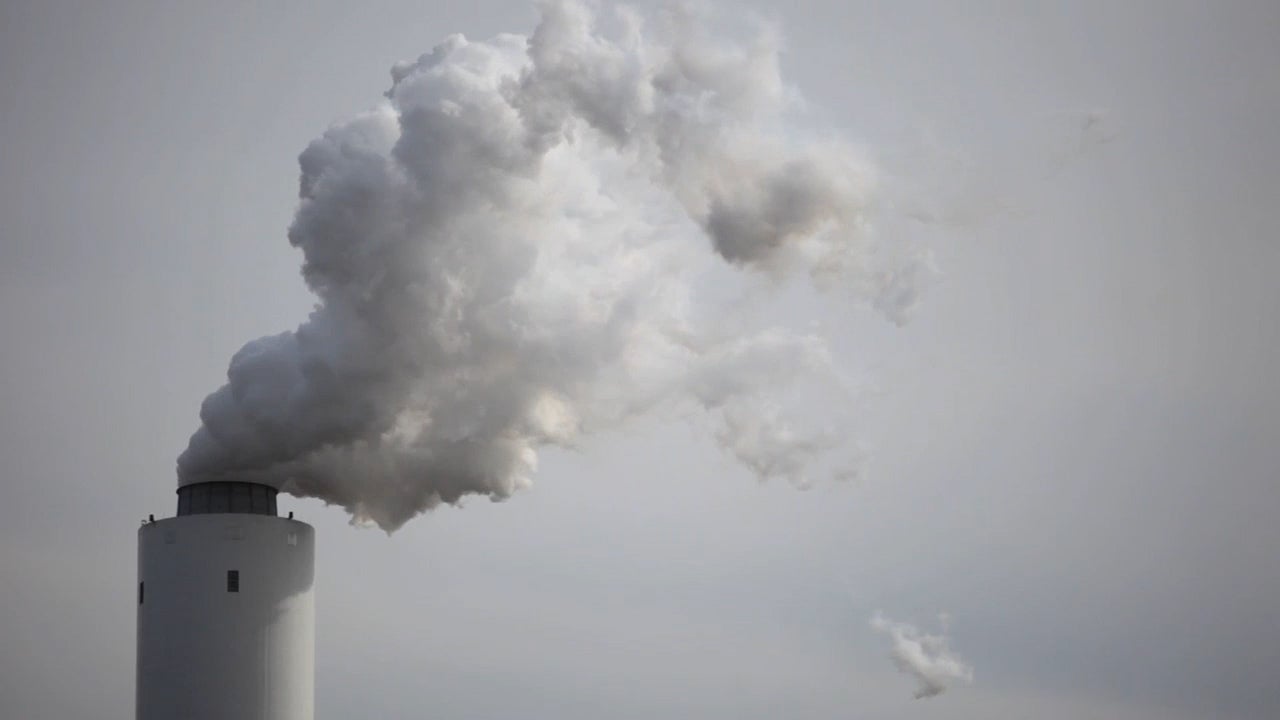Carbon Capture: The Fossil Fuel Industry’s False Climate Solution
A massive buildout of carbon capture facilities is not the way to avert the climate crisis.

This page was published 2 years ago. Find the latest on Earthjustice’s work.
As we take action to address climate change, the fossil fuel industry is turning to carbon capture and sequestration (CCS) to protect their profits. Industry wants to use carbon capture to enable fossil fuel facilities to keep operating – and polluting – while claiming to be part of the climate solution. A buildout of CCS projects threatens to extend the life of fossil fuels and perpetuate the harms of pollution in overburdened communities.
Major new federal funding for CCS has sparked discussion about the role of these technologies in the clean energy transition. Here’s why carbon capture is largely a false solution – and what we can do to stop it.
What is carbon capture?
- Carbon capture and sequestration (CCS) and carbon capture, utilization, and storage (CCUS) are technologies that capture carbon emissions at fossil-fueled power plants and industrial facilities. The carbon is then either sequestered underground or put to use.
- For years, this technology has been championed by the fossil fuel industry as a way to keep burning coal and gas purportedly with a smaller climate impact.
- There are less than 20 CCS projects operating in the U.S. today, and nearly all of them use the captured carbon to pump more oil out of the ground through a process called “enhanced oil recovery.”
- With new taxpayer subsidies available, including in the Inflation Reduction Act, we could see a boom in new CCS and CCUS projects.
- CCS is different than carbon dioxide removal, which refers to technologies and natural solutions that remove carbon directly from the atmosphere.
How does carbon capture extend the life of fossil fuels?
- The fossil fuel industry is making false promises about carbon capture to convince us that it’s safe to continue to use their deadly products.
- Subsidizing carbon capture for uneconomic coal and gas-fired power plants enables them to continue operating – and polluting – even as we set more ambitious climate targets.
- CCS projects are energy intensive, and often powered by dirty energy, adding to the source’s overall carbon footprint.
- The vast majority of the captured carbon is currently used for enhanced oil recovery, canceling out much of the supposed climate benefits and further entrenching our reliance on dirty fuels.
- A massive carbon capture buildout would perpetuate fossil fuel pollution that is harming communities and driving the climate crisis.
How does carbon capture harm the environment and communities?
- CCS has not been capturing anywhere near all of the carbon emissions from power plants it is installed on, and it does not reduce other pollutants that threaten people’s health.
- The process of capturing, transporting, and storing carbon poses additional safety and health threats to communities nearby, including from toxic releases and waste.
- Communities are too often cut out of the decision-making process about CCS projects, which move forward without adequate transparency or public input.
- CCS is incredibly expensive, and it is receiving federal subsidies paid for by taxpayers, some of which have been mismanaged. Utility customers may also be forced to foot the bill for uneconomic CCS projects.
- Subsidizing CCS diverts resources away from real climate solutions like clean energy and electrification, and blocks progress towards environmental justice.
Is there a role for carbon capture in our clean energy transition?
- The science is clear that we must urgently and drastically cut greenhouse gas emissions, and remove CO2 from the atmosphere, to avert the worst impacts of the climate crisis.
- But a massive buildout of carbon capture facilities is not the answer. It is dangerous and counter-productive to deploy this risky and expensive technology to extend the life of fossil fuels.
- To achieve our climate, health, and environmental justice goals, we must transition away from fossil fuels to a zero-emissions, 100% clean energy economy.
- And we must ensure that the communities that have borne the brunt of fossil fuel pollution benefit from our clean energy transition.
- In the short term, there may be a limited use for CCS in cutting emissions from industrial sectors that are currently hard to electrify, like cement production – but only if projects do not prolong the use of fossil fuels and health, safety, and environmental justice concerns are addressed.
What is Earthjustice doing to combat harmful CCS projects?
- We use the power of the law to fight CCS projects that elongate the life of fossil fuel power plants and other polluting facilities.
- We advocate for strict regulations and guardrails on federal funding for carbon capture, including loan guarantees and tax credits.
- We oppose efforts to force utility customers to pay to install CCS on uneconomic coal and gas plants.
- We oppose the production and use of blue hydrogen, which is derived from fossil gas and paired with carbon capture.
- We oppose using CCS to pump more oil out of the ground.
- We advocate for strong safety standards and transparency from state agencies seeking to transport by pipeline and store dangerous carbon waste underground.
- We’re pushing back against the EPA’s proposal to hand off their responsibility for regulating carbon injection wells to states like Louisiana that have a terrible track record on fossil fuel pollution and environmental justice.
Earthjustice’s Clean Energy Program uses the power of the law and the strength of partnership to accelerate the transition to 100% clean energy.